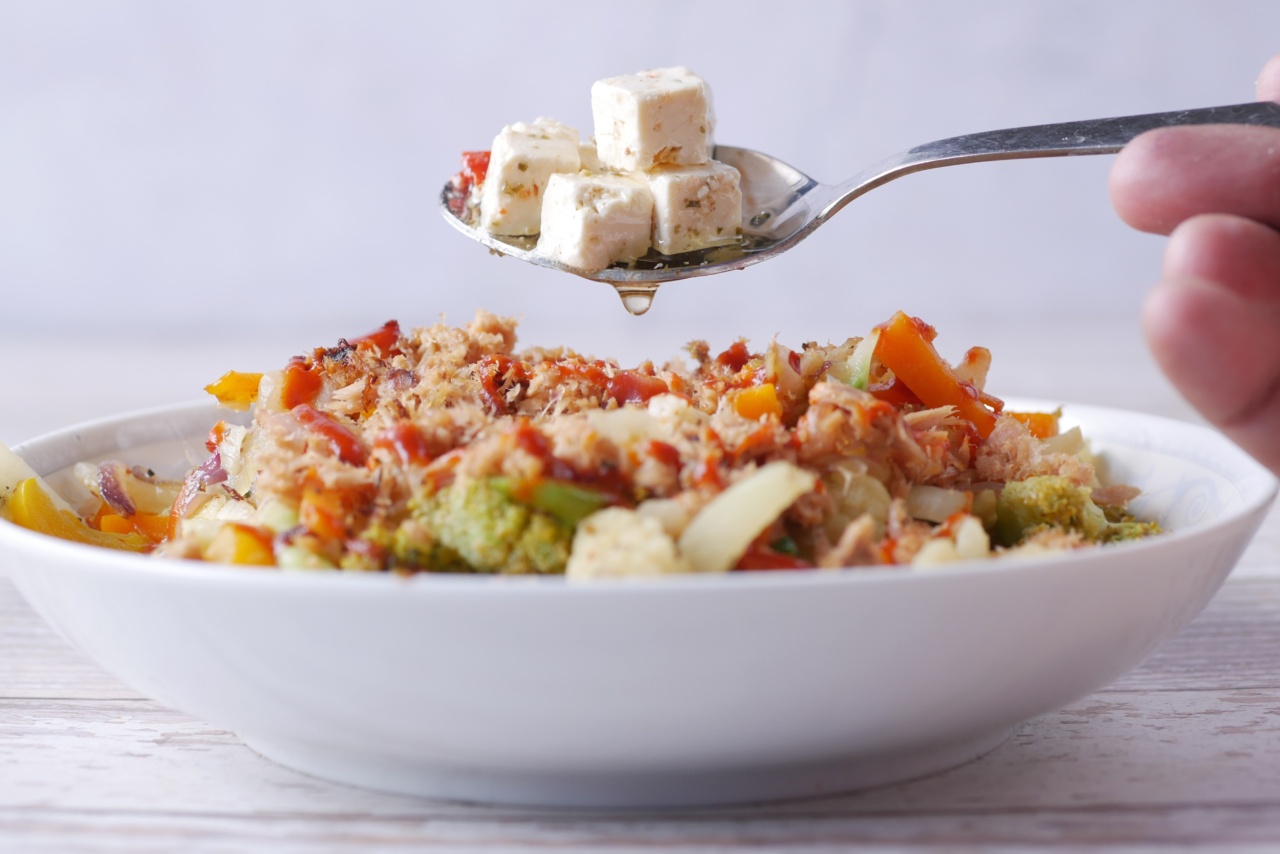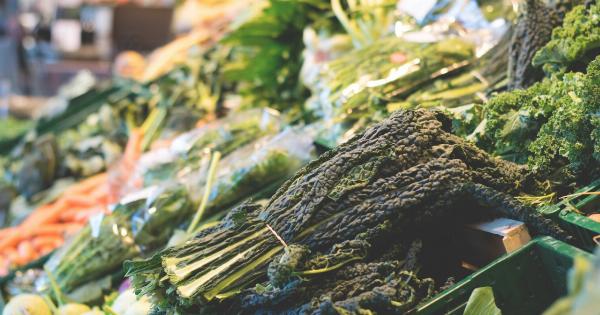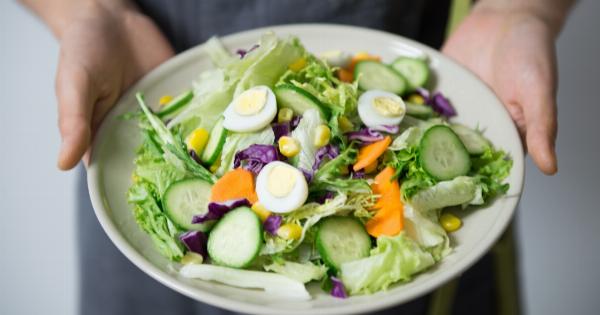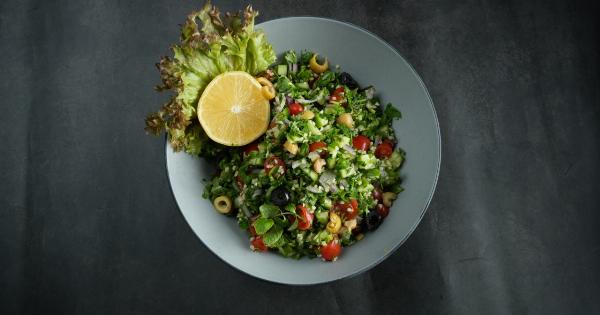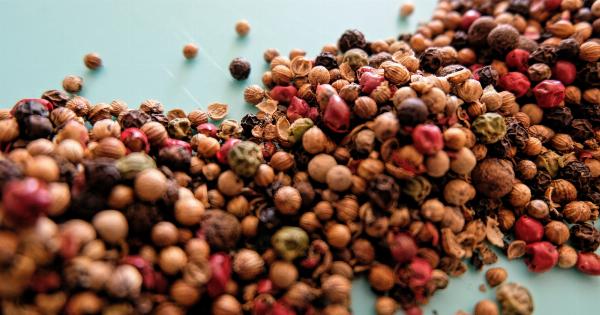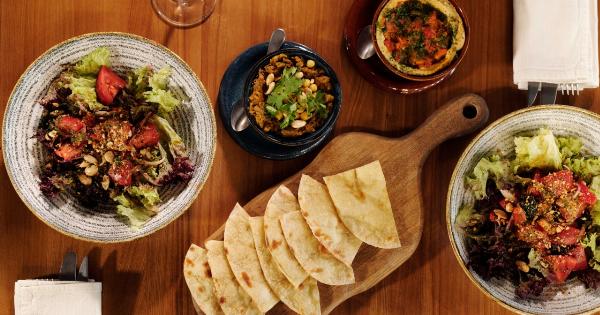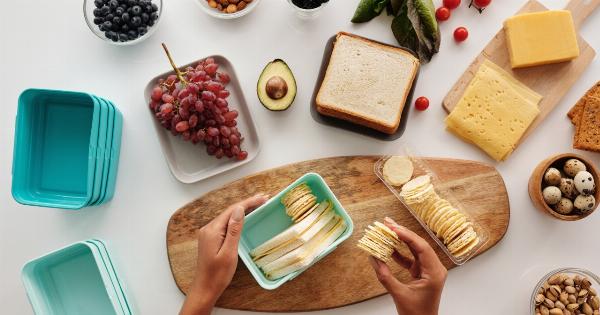Salads are a nutritious and delicious way to incorporate more vegetables into your diet. Whether you’re trying to lose weight, maintain a healthy lifestyle, or simply enjoy a refreshing meal, making the right salad choices is essential.
With so many options available, it can be overwhelming to know what to include and what to avoid. This guide will help you navigate through the world of salads and create the perfect combination for your taste buds and dietary needs.
1. Start with a Nutrient-Rich Base
The foundation of any great salad is the base. While iceberg lettuce commonly comes to mind, it lacks significant nutritional value. Opt for darker, leafy greens such as spinach, kale, arugula, or mixed spring greens.
These greens are packed with vitamins, minerals, and fiber, offering a range of health benefits in every bite.
2. Choose Protein-Packed Ingredients
Protein is essential for building and repairing tissues, boosting metabolism, and keeping you full for longer. Add a source of protein to your salad to make it more satisfying and nutrient-dense.
Options include grilled chicken, salmon, tofu, chickpeas, quinoa, or hard-boiled eggs. These ingredients will not only add flavor but also keep you energized throughout the day.
3. Include Colorful Vegetables
Vegetables are a crucial component of any salad. They provide a wide range of vitamins, antioxidants, and fiber. Choose a variety of colorful vegetables to create an attractive and nutrient-rich salad.
Consider options like cherry tomatoes, cucumbers, bell peppers, shredded carrots, beets, radishes, or roasted sweet potatoes. These vibrant additions will not only enhance the flavor but also provide a visual appeal to your salad.
4. Don’t Forget Healthy Fats
Incorporating healthy fats into your salad adds flavor, satiety, and numerous health benefits. Avocado, nuts, seeds, or extra virgin olive oil are excellent choices for healthy fats.
They increase the absorption of fat-soluble vitamins and promote heart health. Remember to use these ingredients in moderation, as they are high in calories.
5. Be Mindful of Salad Dressings
Salad dressings can make or break the nutritional value of your salad. Many store-bought dressings are loaded with added sugars, unhealthy fats, and artificial ingredients.
Consider making your own dressings using olive oil, vinegar, lemon juice, or Greek yogurt. These options are much healthier and allow you to control the ingredients and flavors. Alternatively, opt for a light vinaigrette or choose dressings labeled as “low-fat” or “reduced-fat.”.
6. Add Some Crunch
To add texture and an extra element of flavor, include some crunchy ingredients in your salad. Croutons, sunflower seeds, chopped nuts, or shredded cabbage offer a satisfying crunch.
They also provide additional nutrients such as fiber, healthy fats, and essential minerals.
7. Enhance Flavor with Herbs and Spices
Herbs and spices can transform a bland salad into an explosion of flavors. Experiment with fresh herbs like basil, cilantro, mint, or dill. Sprinkle some ground spices such as paprika, cumin, or turmeric to add depth and warmth to your salad.
These natural flavor enhancers are low in calories and offer health benefits of their own.
8. Consider Adding Whole Grains
If you desire a more filling and well-rounded salad, consider incorporating whole grains. Quinoa, brown rice, farro, or bulgur wheat can offer a hearty base and provide additional fiber, vitamins, and minerals.
They are also suitable for those following a gluten-free or plant-based diet.
9. Watch Your Portion Sizes
While salads are generally considered healthy, portion sizes do matter. Be cautious not to overload your salad with high-calorie ingredients or dressings. Too many toppings can turn a nutritious meal into a calorie bomb.
Keep portion sizes moderate, and listen to your body’s hunger and fullness cues.
10. Balance Your Macronutrients
An essential aspect of creating a satisfying and balanced salad is ensuring you have a good mix of macronutrients. Aim to include carbohydrates (from vegetables, whole grains, or fruits), protein (from animal or plant sources), and healthy fats.
This combination will provide you with sustained energy and keep you feeling satisfied until your next meal.
